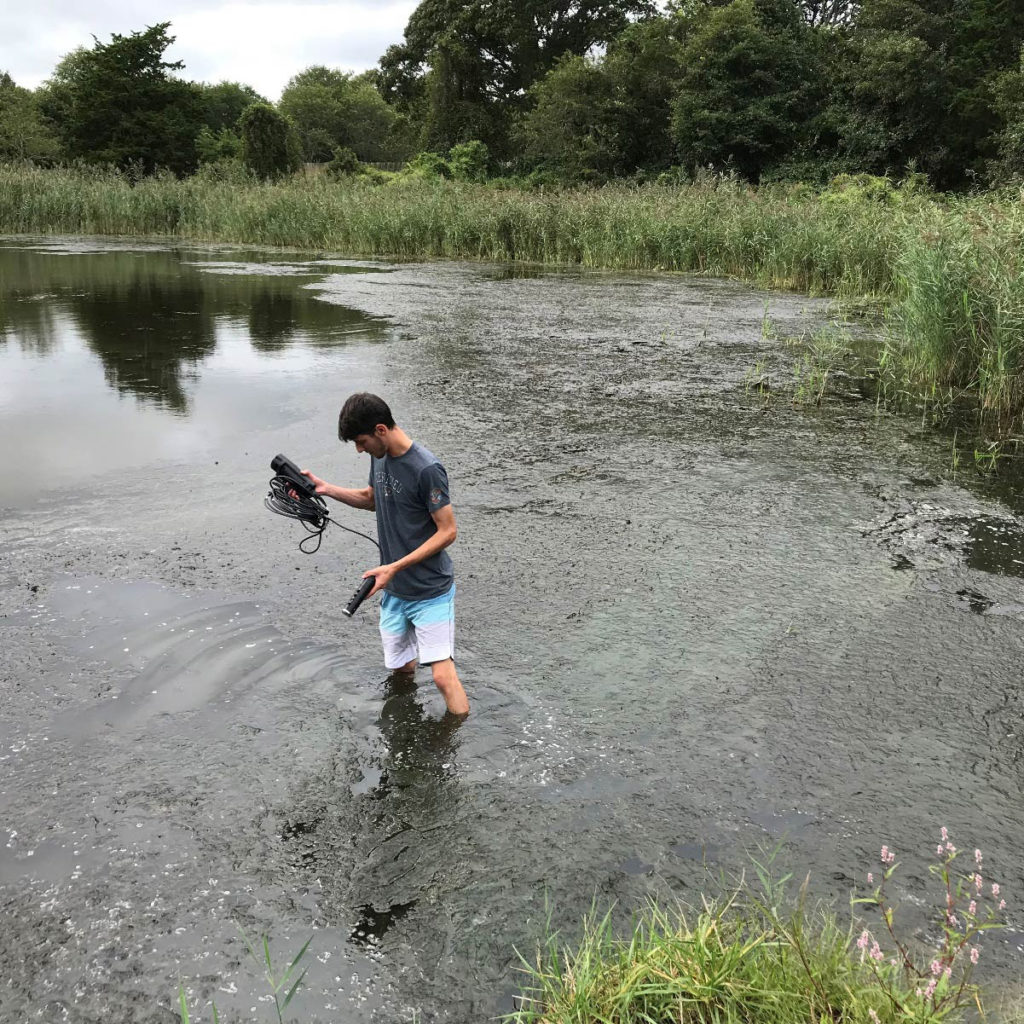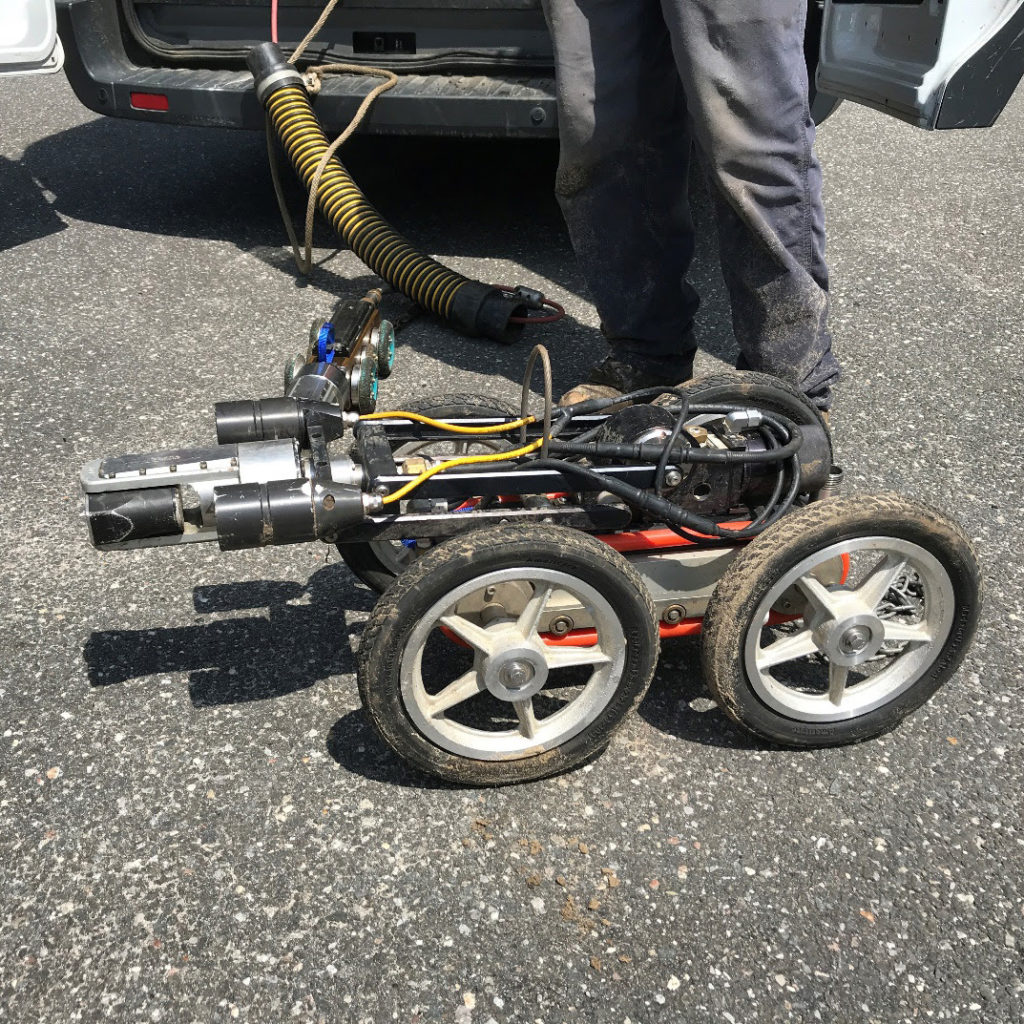Friends of Georgica Pond Foundation is leading several critical ongoing efforts to monitor the water quality of Georgica Pond.
With multi-year data now available, we can start to see some trends and develop strategies and actions to improve the water quality of Georgica Pond.
Here are five things you can do right now to help improve water quality in Georgica Pond:
- Install a low-nitrogen septic system to reduce the amount of nitrogen entering the pond. Nitrogen is one of the key elements that triggers toxic blue-green algae blooms. Please contact FOGP for names of engineers and vendors who are installing low nitrogen systems.
- Reduce the amount of fertilizer you use and switch to an organic, slow-release product.
- Create a vegetated buffer between lawn and wetland or pond boundaries.
- Pick up all pet waste in your yard and along local roadsides. Pet waste is a significant contributor of bacteria entering the pond through the Cove Hollow Pipe and other creeks.
- If you’re not ready to install a new septic system, have your existing system pumped. Experts agree that depending on use, septic systems should be pumped every two years.
The primary monitoring program is run by the Gobler Lab of Stony Brook University. Under Dr. Christopher Gobler’s leadership, the Gobler Lab monitoring includes several different components. The first is the buoy which monitors water quality parameters continuously and conveys the information back to the lab via solar powered telemetry. The buoy monitors the following water quality parameters and is funded by Friends of Georgica Pond Foundation:
- Temperature
- Conductivity
- Total Dissolved Solids
- Salinity
- pH
- Dissolved Oxygen
- Fluorescence
- Chlorophyll
- Blue-Green Algae
- Depth

Complimenting the buoy is a program of hand collected water samples. Students from the Gobler Lab collect weekly hand samples from the pond for analysis. These hand collected samples allow the lab to verify the buoy data as well as make novel measurements on phytoplankton concentrations, species of blue-green algae present, blue-green algal toxins, four different nitrogen containing nutrients (nitrate, ammonium, dissolved organic nitrogen and total nitrogen, phosphorous-based nutrients (inorganic phosphorus, dissolved organic phosphorus, total phosphorous), levels of three types of pathogenic bacteria, assessment of sources of pathogenic bacteria and other water quality parameters. This monitoring is funded by the East Hampton Town Trustees and FOGP.
In addition, the Gobler Lab samples are also analyzed for bacteria entering the pond through surface water runoff. The bacteria, specifically Enterococcus is an indication of fecal waste. The Gobler Lab has been able to identify sources of the bacteria including: human, avian, deer and pets. High bacteria levels have been found in the water especially after a heavy rainfall and can make the Pond unsafe for swimming and recreational activities.
For the last three years, the Surfrider Foundation, through its Blue Water Task Force has been monitoring the water quality at Georgica Pond at four locations: Talmage Creek, Georgica Cove, at the gut and at the third jetty on the Atlantic Ocean. Surfrider is testing for the fecal bacteria Enterococcus. While the gut and third jetty sites generally have low bacteria counts, higher counts are often found at Georgica Cove and especially Talmage Creek.

The results of the monitoring inform what remediation steps can be taken. In the case of Georgica Cove, despite the installation of six Fabco filters in the Cove Hollow Pipe which drains into Georgica Cove, high bacterial counts continue to be recorded.

Earlier this year, thanks to funding by the East Hampton Community Preservation Fund, the Town of East Hampton in cooperation with the Village of East Hampton launched a detailed study of the pipe. Using a remote, mobile camera (see photo) the entire length of the inside of the pipe was photographed. Findings are being analyzed by the Town and it is anticipated that runoff from the pipe can be greatly reduced.

FOGP thanks all our partners for collaborating on these monitoring programs. They are critical to finding the right solutions to restore the water quality of Georgica Pond.
